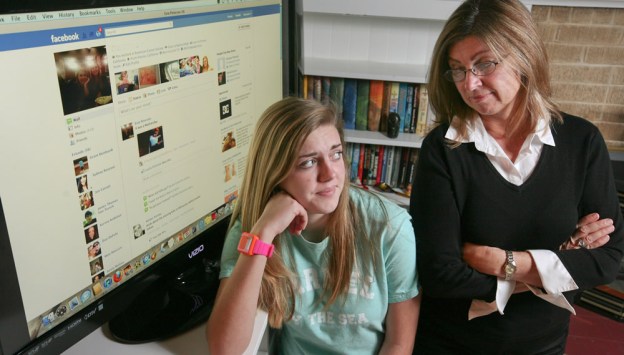
In a recent survey of 2,000 parents by LAPTOP Magazine, fifty-five percent of parents admitted to using Facebook for digital snooping into the lives of their children. Another five percent would use Facebook if someone taught them how to utilize it. The most common tactic for the digital snooping is checking out the most recent status updates. Other methods of spying on their children included reading posts on the wall as well as checking out pictures that have been tagged with the child’s name. Technically-savvy parents have even logged into a friend’s account to gain more access into their child’s digital life.

While the behavior is obviously invasive, a recent study by Consumer Reports in June found that there are over seven million children under the age of 13 on Facebook. Of that group, five million of those children are under the age of ten and rarely received any parental supervision while on the site. While Facebook’s official policy only allows people ages 13 and up to use the social networking service, the age gate to becoming a member can easily be falsified to open an account. Only 18 percent of the parents with children 10 and under on Facebook made the child their Facebook friend to monitor the page. Even fewer parents (10 percent) sat down with their kids to have a serious discussion on the safety of social networks and the Internet.


